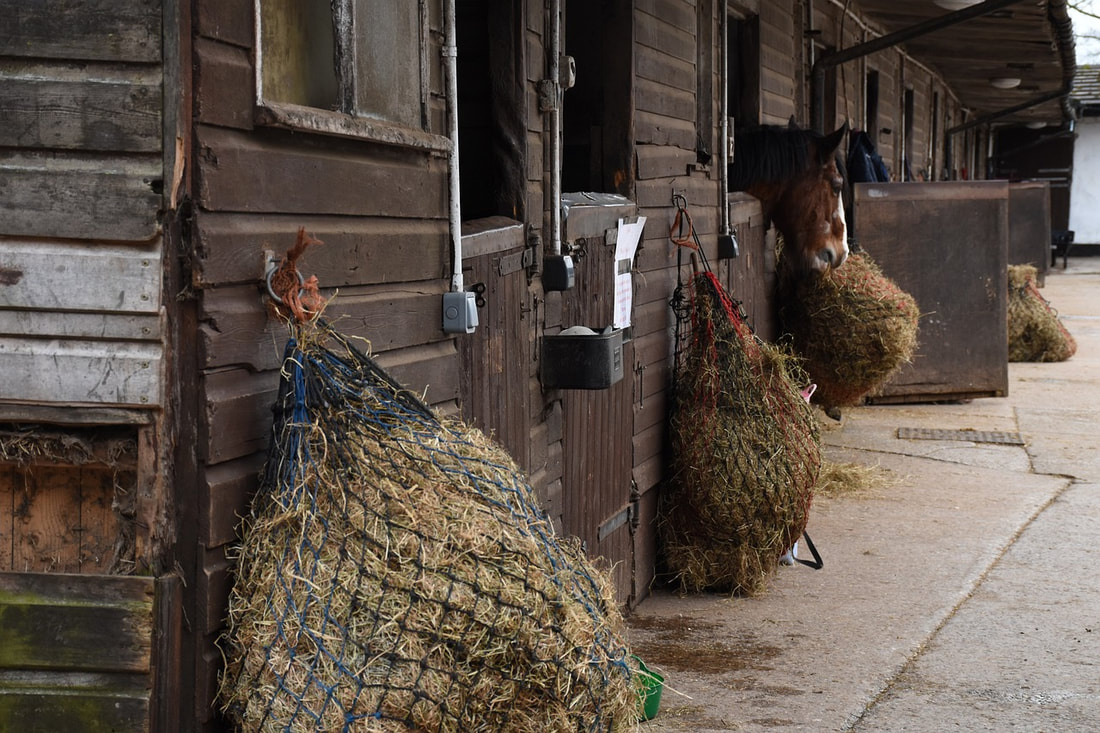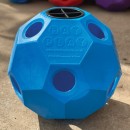5 Ways to Manage the Easy Keeper
There are some horses that just don't need to eat like the rest. Just like some humans, some horses have a lower metabolism. However, with horses the detrimental effect of obesity is rather fast and dangerous to their longevity. Here are 5 tips to helping keep the weight down and off!
1. Feed lower calorie hay
Hay can be just as good with leaf to stem, color, smell and all that jazz, however it is not as high as some other hay, such as alfalfa. It is always best to do a nutrition analysis of your hay. Lower quality hay may require vitamins and that is something that you do not want to skimp out on.
2. Feed less hay and more fiber
The horse requires a certain amount of fiber in the body. If you want to cut back on the calories, try implementing something like beet pulp which is the fiber leftover from sugar beet processing, and no it does not contain sugar. Sorry, not a fan of feeding straw. It can lead to impaction easier, whereas beet pulp leads to less chance of impaction, but it must be soaked! By the way, not all horses love it, so let them get use to it slowly. You may have to add some oats, corn, sweet feed, etc to it to get them to like it first. It's like switching to bland oatmeal after you've enjoyed bacon and eggs for years.
3. Increase exercise
As long as you can exercise the horse, there should be no stopping the horse from getting adequate movement. The horse needs about 20 minutes a day of a good workout (not solid cantering) just a good mix of all the gaits with more trot than canter or walk.
4. Spread it Thin
Encourage the horse to move on their own by putting the feed in several different places.
5. Hide it!
There are some great resources being made such as slow feed hay nets, and hay balls, designed to make your horse work at getting his food. Just make sure they are safe.
For more information on feed, nutrition, and management of horses, refer to Rider 3.
1. Feed lower calorie hay
Hay can be just as good with leaf to stem, color, smell and all that jazz, however it is not as high as some other hay, such as alfalfa. It is always best to do a nutrition analysis of your hay. Lower quality hay may require vitamins and that is something that you do not want to skimp out on.
2. Feed less hay and more fiber
The horse requires a certain amount of fiber in the body. If you want to cut back on the calories, try implementing something like beet pulp which is the fiber leftover from sugar beet processing, and no it does not contain sugar. Sorry, not a fan of feeding straw. It can lead to impaction easier, whereas beet pulp leads to less chance of impaction, but it must be soaked! By the way, not all horses love it, so let them get use to it slowly. You may have to add some oats, corn, sweet feed, etc to it to get them to like it first. It's like switching to bland oatmeal after you've enjoyed bacon and eggs for years.
3. Increase exercise
As long as you can exercise the horse, there should be no stopping the horse from getting adequate movement. The horse needs about 20 minutes a day of a good workout (not solid cantering) just a good mix of all the gaits with more trot than canter or walk.
4. Spread it Thin
Encourage the horse to move on their own by putting the feed in several different places.
5. Hide it!
There are some great resources being made such as slow feed hay nets, and hay balls, designed to make your horse work at getting his food. Just make sure they are safe.
For more information on feed, nutrition, and management of horses, refer to Rider 3.






